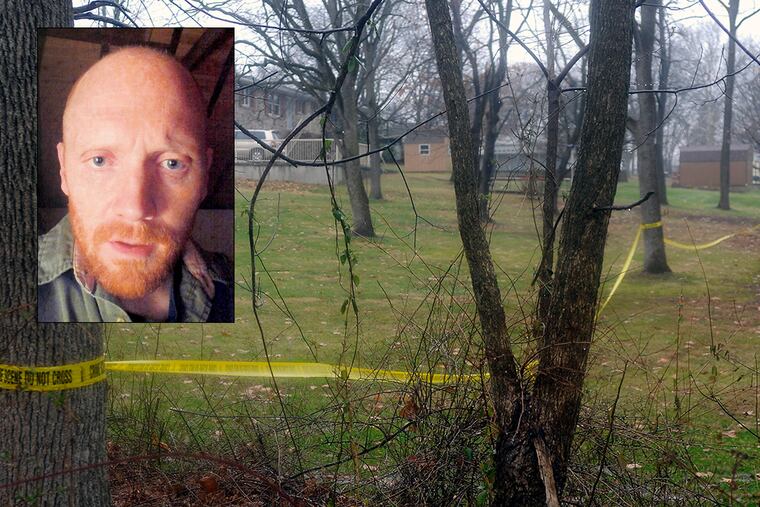Questions in killings
The system failed mass murderer Bradley Stone's victims and everyone who cared about them. Montgomery County law enforcement officials should show more interest in finding out how.

The system failed mass murderer Bradley Stone's victims and everyone who cared about them. Montgomery County law enforcement officials should show more interest in finding out how.
Police say that in just 90 minutes on Dec. 15, Stone killed his ex-wife and five of her relatives during a bloody rampage through Souderton, Lansdale, and Lower Salford. He used a handgun to shoot five of the victims and was also armed with an ax, a machete, and knives. The next day, he was found dead of a drug overdose in the woods near his Pennsburg home.
Montgomery County law enforcement officials may not have had any indication that Stone, an ex-Marine who was being treated for post-traumatic stress disorder, could turn so violent. They say he lied to a military psychiatrist and probation officers. But District Attorney Risa Vetri Ferman, police, and the courts are not answering all the pertinent questions about the case.
Last year, Stone agreed to give up his guns, a requirement to obtain special care through Veterans Treatment Court following his arrest on a drunken driving charge. But it's not clear whether probation officers asked him to turn over the weapons or were even aware of the guns that he legally purchased, which were likely reflected in available records.
Without addressing those central questions, the District Attorney's Office and the police departments involved in the case issued a carefully worded statement last week saying that "probation officers conducted inspections of Mr. Stone's residence and outbuildings for firearms and any other contraband" before the crime, and that they did not find the handgun used in the murders or any other weapons. After the killings, investigators conducted a search of Stone's home and found a rifle in a crawl space.
The county's scant and late public disclosures in the case suggest officials are more interested in assuring the public that they did their jobs than in finding out ways to do them better.
Another avenue of inquiry is blocked by a peculiar Montgomery County rule that prevents public access to divorce records, which could offer insight into what preceded Stone's killing spree. The records should be opened.
There is a compelling public interest in understanding more about what led to this horrifying slaughter, which left seven people dead and three children orphaned. A full examination of the facts could help prevent the next tragedy.